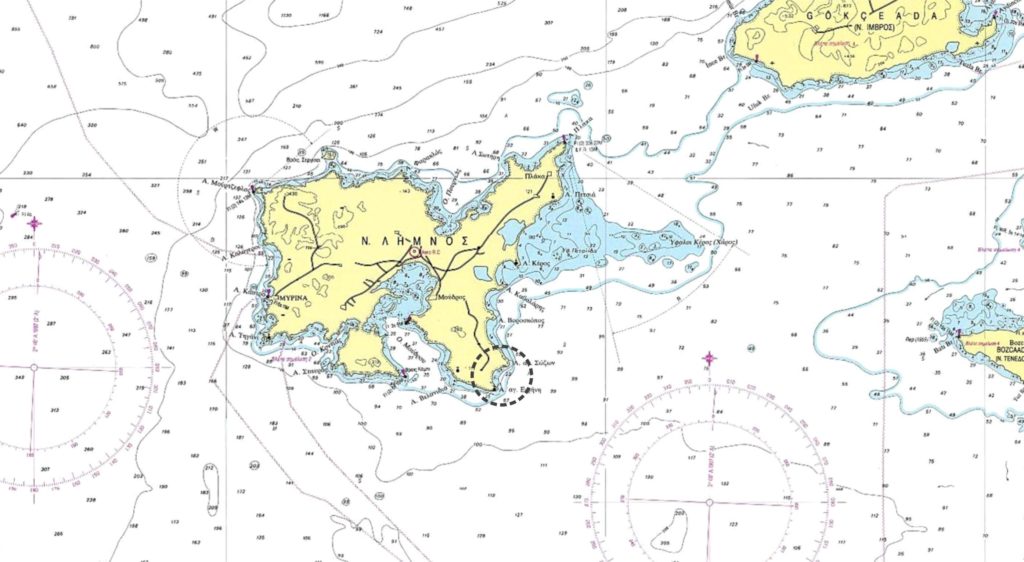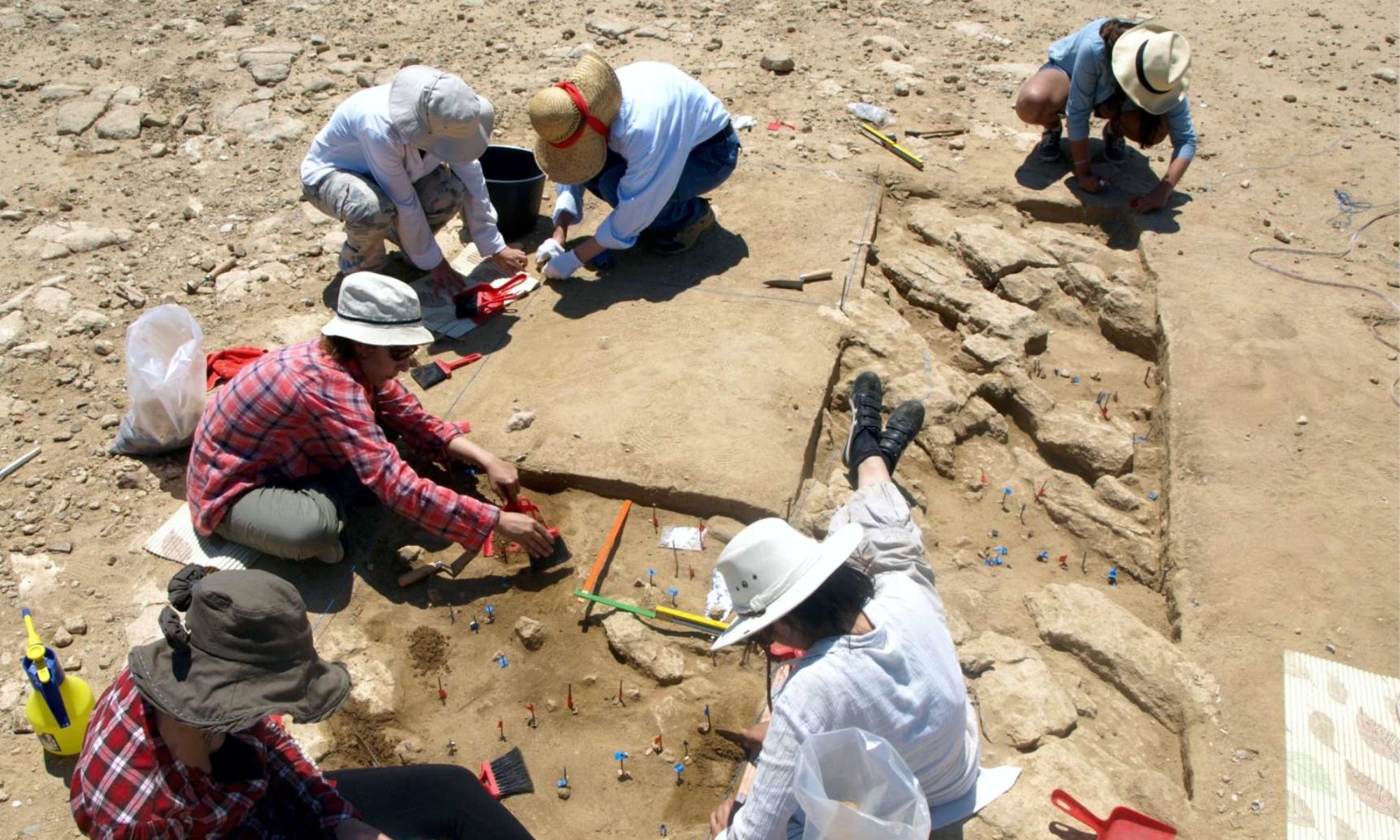The issue of the arrival of the first human groups in the Aegean islands and the subsequent colonization of these unique physical and cultural environments has in recent years become one of the main research questions which has drawn the interest of scientists from a wide spectrum of specialties such as archaeology, geology, palaeogeography, micromorphology, palaeoenvironment, marine sciences etc.

Although the subject of the first arrival of humans in the islands has been for long the focus of general historical interest, the acquisition of hard scientific data (archaeological, environmental etc) was till recently greatly overlooked and not given a high priority. The reasons are attributed to conditions of low visibility regarding the archaeological finds (not easily detected on the ground, submerged), their poor state of preservation and, as a result, the lack of research stimulus.

As it is often the case, an unexpected discovery – in this case the finding of the early site of ‘Ouriakos’ on Lemnos (11th mill BC) – opened a new chapter for Aegean archaeology leading to the revival of the interest for conducting systematic interdisciplinary field research in the islands. Indeed, ‘Ouriakos’ is the first ‘open-air’ island site recorded so far in the which is offered for a conclusive geoarchaeological and environmental study aiming at understanding early habitation choices and patterns in an island.

The presence of the short-term campsite of ‘Ouriakos’ on Lemnos, with its rich archaeological record, coastal positioning and surrounding flat plain, is an ideal place to conduct the well-focused and high-resolution fieldwork proposed by the project, which is targeted at forms of early coastal adaptations by foragers leading a mobile and seasonal way of life within a volatile habitat where the sea and the land are in constant change.

In short, our proposal will investigate how the coast and the Fyssini plain looked like 12.000 years ago in terms of its geology, geomorphology, hydrology, environment and human activities. And consequently, how we as archaeologists should come to terms with fieldwork choices (detection of sites, excavating methods) while combining multiple lines of evidence (geological formations, sea habitat, human mobility, biogeography of plants and animals) and day-to-day human activities of the past.


